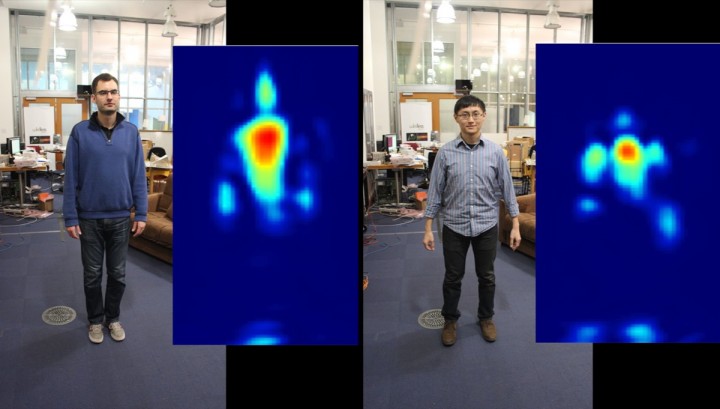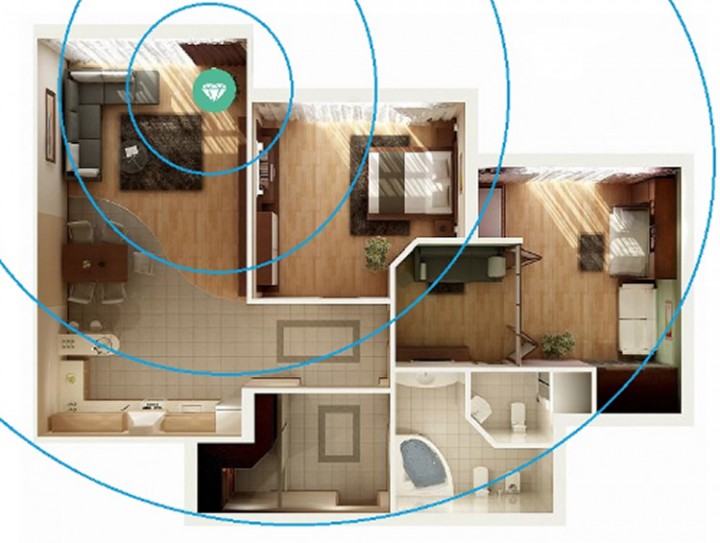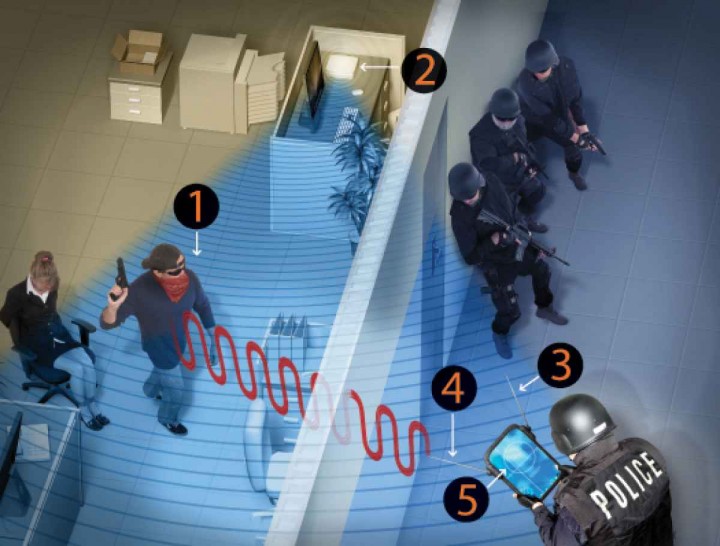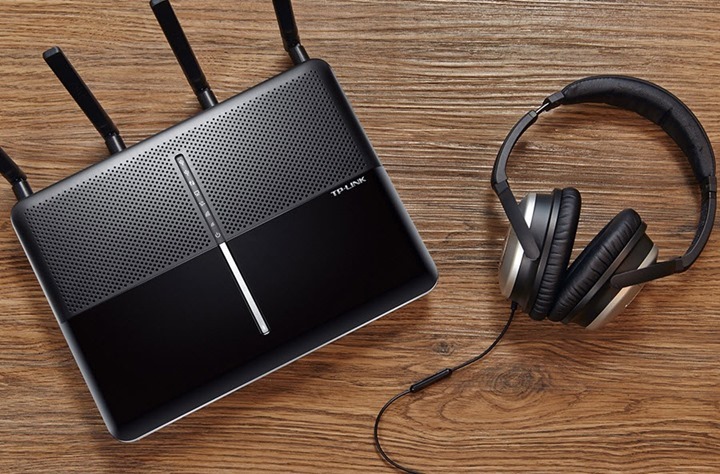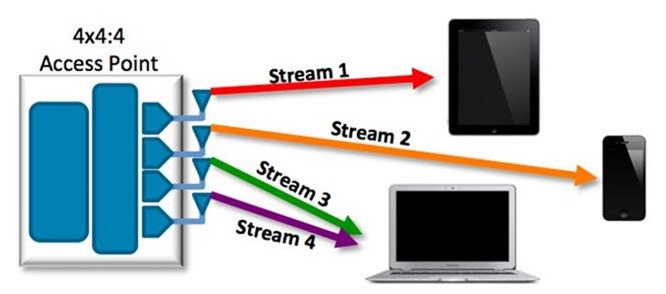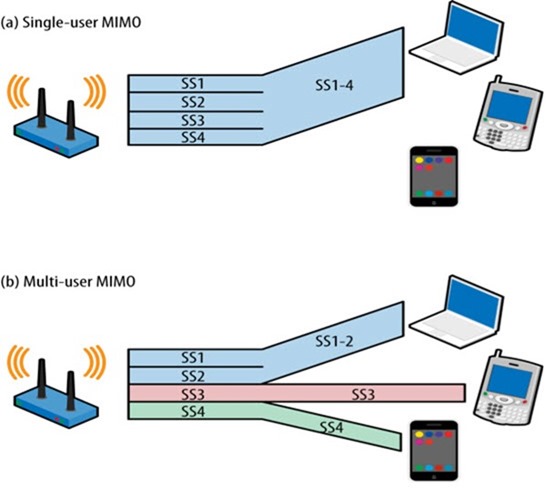The Santo Amaro cemetery in Recife, will get new spaces for burial. Glass fiber made from PET bottle resin, the new drawers will also have a monitoring system that controls temperature and humidity, ensuring the safety and sealing the burial site. The agreement between the company responsible for the technology and the Archdiocese of Recife and Olinda was signed on Friday (30).
The resin drawers are mounted on metal structures and has superior durability to 50 years. The finish is made of synthetic granite, made from bagasse, sand and calcium carbonate, which can be made of various colors. Because the system is completely sealed when closed, it gets oxygen through a computer system, which controls temperature, pressure and humidity.
The system is the result of more than eight years of research and already works in the Cemetery Abode of Peace, in São Paulo, in the Metropolitan Region of Recife. “The standard of CONAMA, the ordinance 335, says that every cemetery has to be hermetically sealed, free air passage and fluid. Traditional drawers are made of porous materials that trincam and allow the passage of gases, “explains Guilherme Lithing, managing partner of Vilatec, responsible for technology.
With control of the conditions, it can ensure that there is no manure and contamination of soil, and prevent insects from invading the place. Furthermore, the system makes the treatment of the gases released during decomposition which prevents bad smell. All this is monitored through a central mounted to the side.
Currently, the drawers of Santo Amaro cemetery has sewer pipes that are connected to the place of burial. Thus, the gases generated by the decomposition will not run for covers and cracks, out through these tubes. The new system, despite being monitored by computer, has solar battery.
quick construction
In Santo Amaro, the assembly should last about 90 days . The burial will also occur more quickly. “A burial in that system, it takes 10 minutes while the conventional system takes around 55 minutes,” explains Lithing.
The space will be renovated to receive the new drawers for burial monitored belonged to Catholic brotherhoods and for over a year, they are under the Archdiocese of Olinda and Recife administration. The aim is to give more dignity and have an ecological solution for burial.
They will be built 232 drawers and a space to accommodate 1,204 ossuaries. “Some of the extinct fellowships were awarded this project so that we will offer a decent space to bury the brothers still attached to these brotherhoods and others,” said the archbishop, Dom Fernando Saburido.
